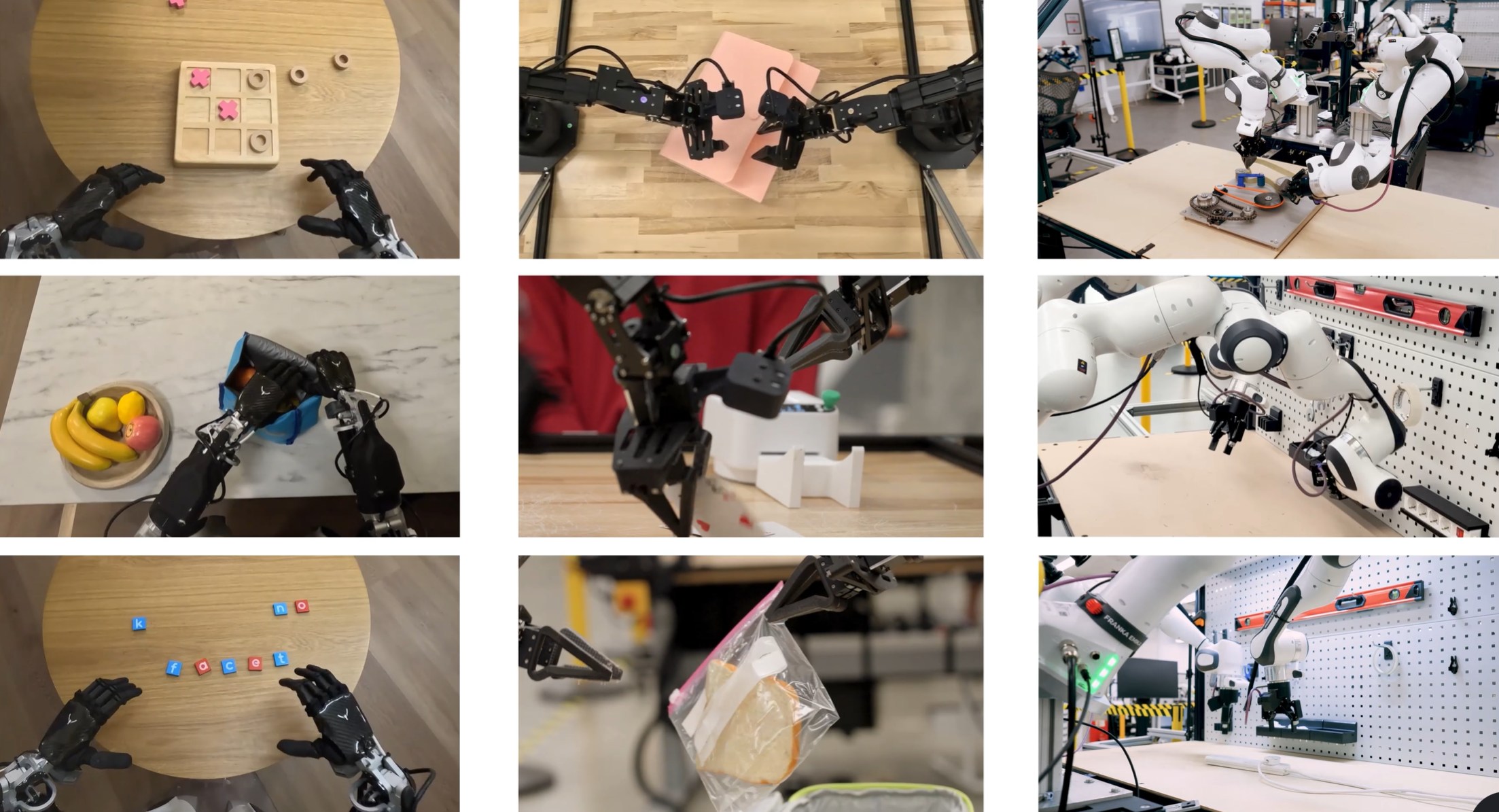Qualcomm to add Kinect-like depth-sensing to all high end phones next year
2 min. read
Published on
Read our disclosure page to find out how can you help MSPoweruser sustain the editorial team Read more

Apple’s new ARKit augmented reality technology has taken the smartphone world by storm, if only in terms of mindshare rather than actual application.
Qualcomm has now responded by releasing new depth-sensing reference design cameras as part of their Spectra Module Program, which smartphone OEMs can easily integrate into phones and tablets and which would offer them the ability to very accurately scan and measure their environment, and presumably then add digital content.
The camera comes in 2 versions, an “Entry-Level Computer Vision” setup and a “Premium Computer Vision” and delivers passive and active depth-sensing, respectively, using Qualcomm’s newly revamped image signal processing (ISP) architecture.
The active, higher end design uses infra-red transmitters to cast a mesh of dots, and infers depth, distance and contours from the distortion of the resulting image, much like the Microsoft Kinect, but at a much higher resolution, casting more than 10,000 dots with the ability to discern as little as 0.125mm between the dots, allowing the camera to read finger movements for example.
For less premium devices Qualcomm is also offering the passive system which uses more power, and the cameras can be paired with a 16 or 20-megapixel camera. Qualcomm is also offering an iris-reading front-facing camera which can work through sunglasses.
“Depth-sensing is going to be mission critical going forward,” said Qualcomm’s product marketing lead for camera and computer vision Philip-James Jacobowitz.
See the technology in action in Qualcomm’s video below:








User forum
0 messages